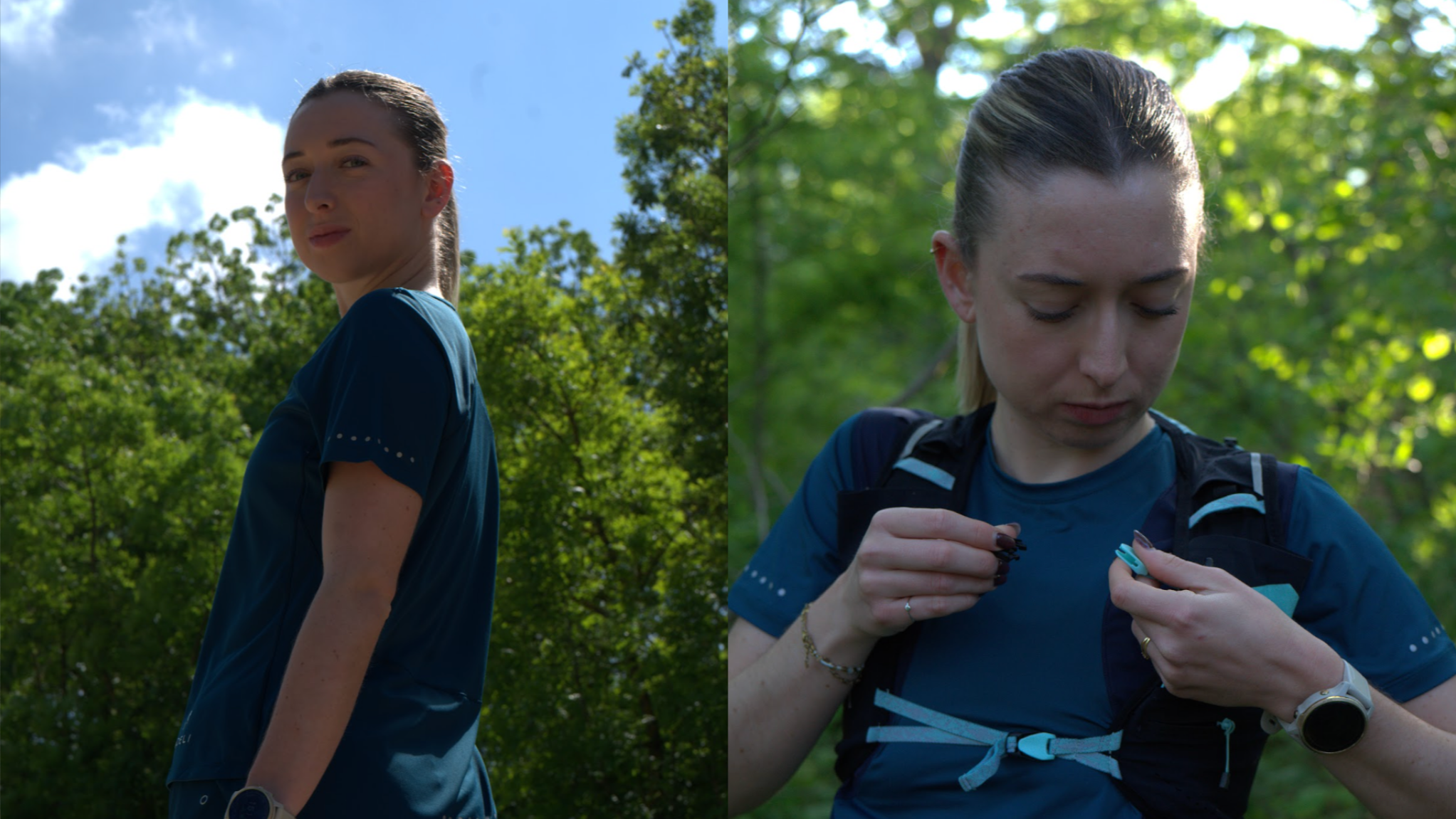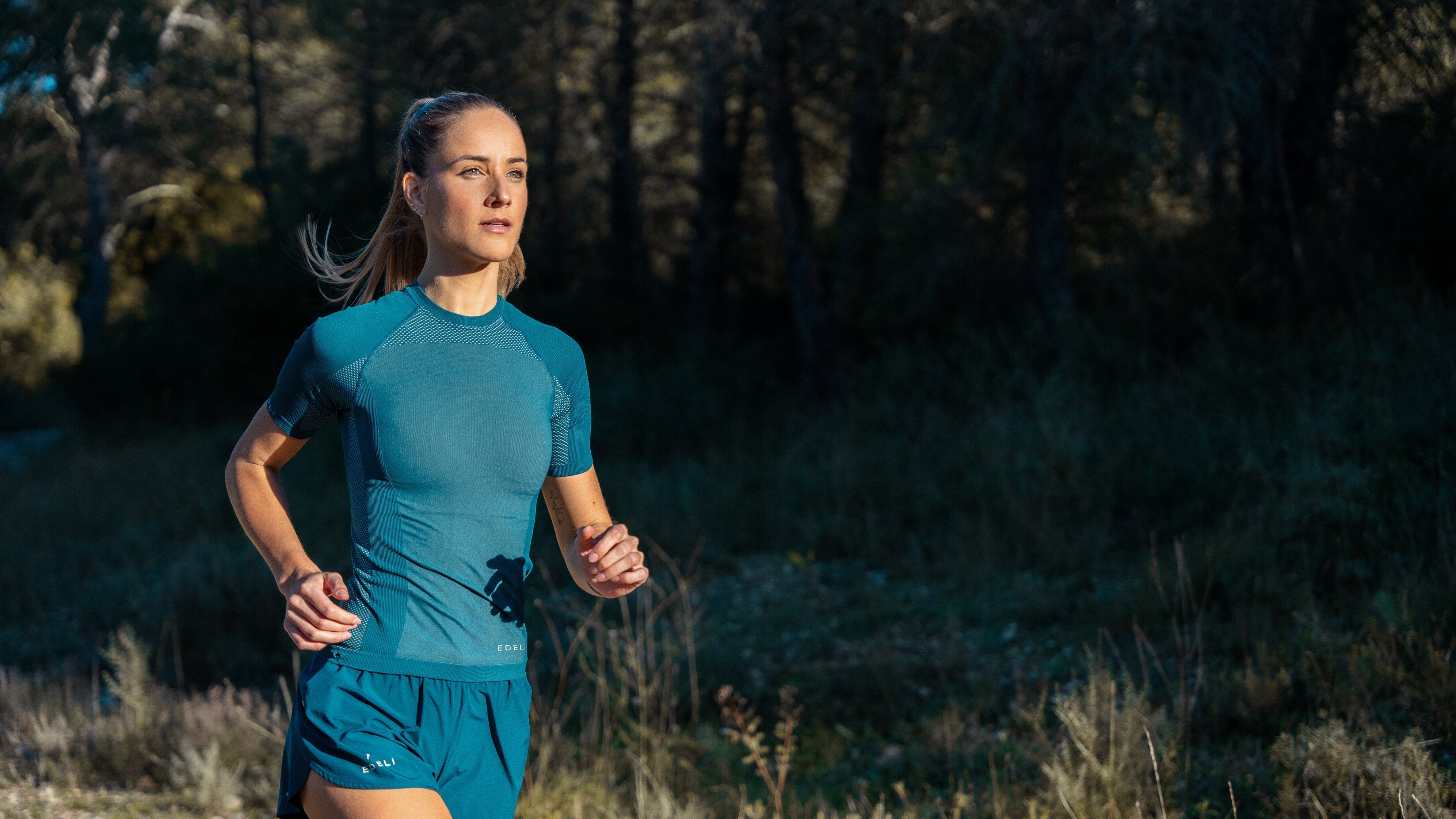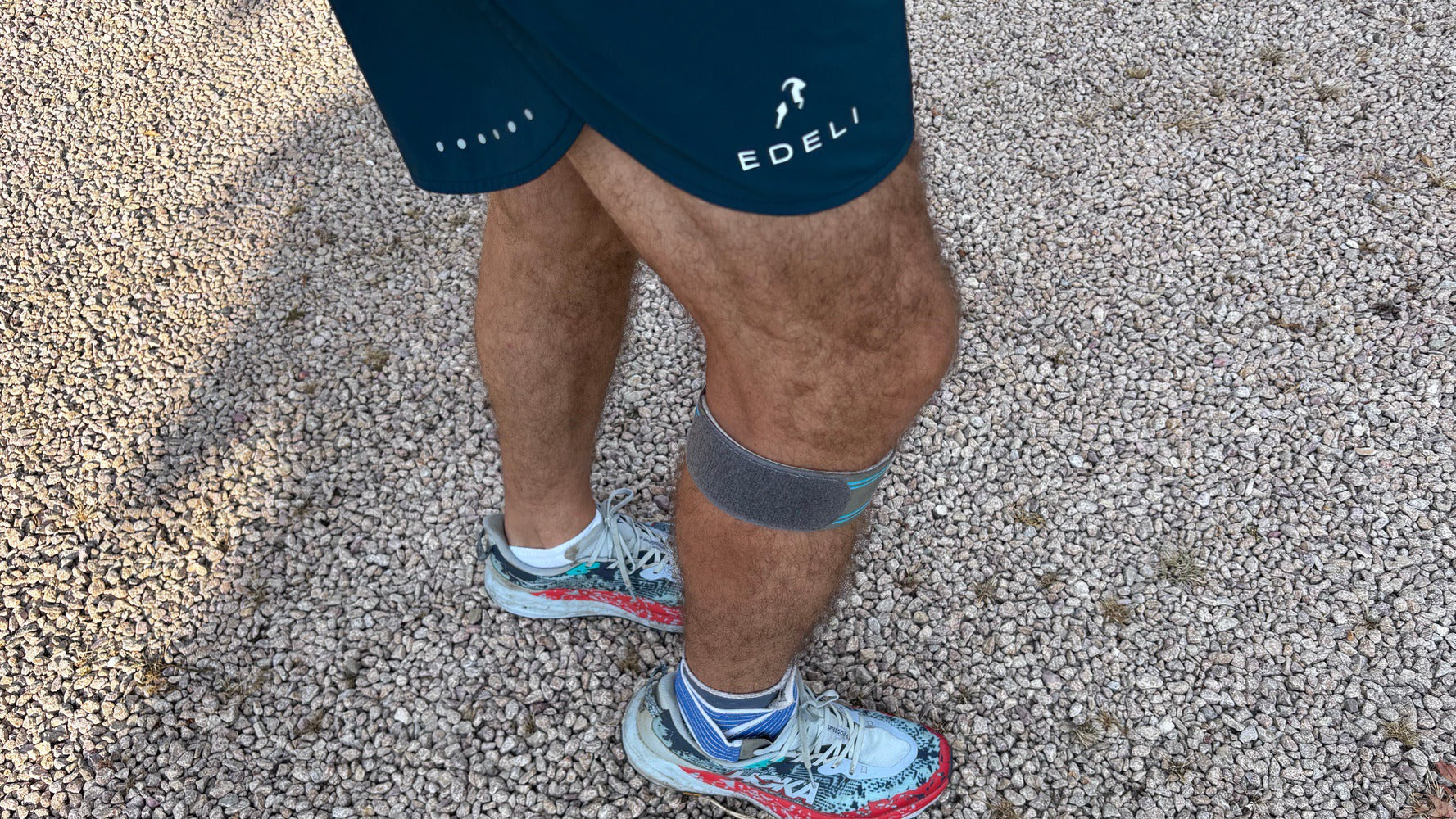
What is running and trail running?
There are two major running practices today: running and trail running. Running is somewhat of a traditional practice, the basic practice of running, and trail running is a less ancient practice, even if its beginnings are also starting to date back. In any case, trail running is the practice that is on the rise and is becoming increasingly popular. But what are the main differences between these practices? Are they complementary? How should those who practice these two versions of running organize their season? These are all questions that lead us in this article to describe running and trail running and their very strong complementarity.
Running or road running
Running is the ultimate road race. Other names have been used in the past to describe this practice of road running, such as jogging or jogging, but these days, the term "running" is clearly in fashion. It's almost the basic sport par excellence. Because with a pair of sneakers, shorts, and a T-shirt, running can be practiced almost anywhere, from the city to the countryside, close to home or close to work, and all year round. Along with walking, it's also a cardiovascular activity that's particularly recommended for maintaining physical fitness, always training regularly and very gradually to avoid overdoing it too quickly and risking injury. For those who want to push themselves, take part in races for the adrenaline rush and the satisfaction of crossing the finish line and submit to the law of the clock, running is a sport with three major 'standard' races recognized and organized throughout France, Europe or even the world: the 10 km, the half-marathon and even the famous marathon. Some running enthusiasts will even go beyond the marathon with events like the 100 km. But these three typical races, the 10K, the half and the marathon will already allow a wide variety of events and will already give you enough to do, especially the marathon which remains a legendary, difficult, demanding race and which requires serious and meticulous preparation. The half-marathon is also a very good race. Its big advantage over the marathon is the recovery phase, which is much faster.
Trail running or nature running
Trail running is literally running on trails or tracks. It's a practice where you generally move away from the road and the city to get closer to or immerse yourself in nature, although urban trails have also appeared. Trail running is therefore preferably practiced in the great outdoors, potentially in the mountains but not only, also in the countryside, in the forest, wherever small or large paths or trails will take you. The surface is different from running because it is no longer as smooth and uniform as the tarmac of roads. On trail paths or trails, earth, leaves, stones, pebbles, and a little grass dominate depending on the places you venture into. And precisely, adventure is the other key word, along with nature, in the practice of trail running and the spirit of this discipline. The time is no longer as important (in general) in trail running as it is in running. Distances are less standardized. Another major difference: the elevation gain, especially in the high mountains, of course. Elevation gain means managing your effort differently from running, with climbs and descents that can be technical and require you to conserve energy. Trail running is also a discipline where the ability to be self-sufficient (hydration, nutrition, orientation) is key. The equipment needed for trail running is generally more comprehensive than for running, including a trail bag, hydration flasks, potentially poles for the most technical sections, and several layers of clothing—enough to cover your head to prepare for the unexpected when you find yourself in the great outdoors, especially in the mountains. Trail running shoes will also have harder, more resistant soles (to deal with possible stone edges), and they must also offer unfailing grip, to safely cross streams or torrents on wet stones or climb wet and muddy trails. That's also a bit of adventure.
Favor one practice or adopt both
Are you torn between running and trail running? Which of these two disciplines should you choose? Are you a die-hard runner or a trail runner, period? To enjoy running in general and diversify your pleasures, I clearly recommend practicing both. Running because it's the basic discipline on which your speed and endurance foundations can be built. It's also the discipline that can be practiced anywhere, on the street, near your home or workplace, in an athletics stadium, on a treadmill, especially for an interval session, and it's the practice that requires the minimum of equipment. Trail running, because it's a bit more about the spirit of adventure and the spirit of freedom that dominate. We free ourselves from the 'tyranny' of the clock and we enjoy more contact with nature, landscapes and views around a summit, near a lake, a river or the sea. In both cases, these are demanding practices, which use your cardiovascular system and will allow you to maintain your fitness level. They are perfectly complementary. If you are preparing for a running race (half or marathon for example) or a short or long trail, you will still need to focus and specialize the training, depending on the length of the event, at least one to three months before the big day for the type of race you are preparing for.
Add here and there a road or gravel bike session and a swimming session and you will have all the diversity necessary to enjoy for a long time and without too much risk of boredom not only running and trail running but a range of endurance sports which are all very complementary.



Leave a comment
This site is protected by hCaptcha and the hCaptcha Privacy Policy and Terms of Service apply.